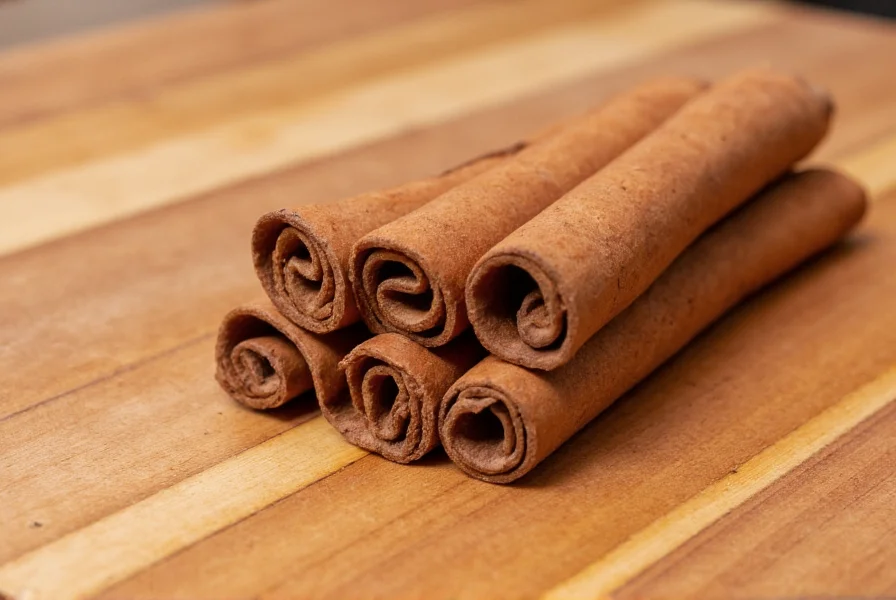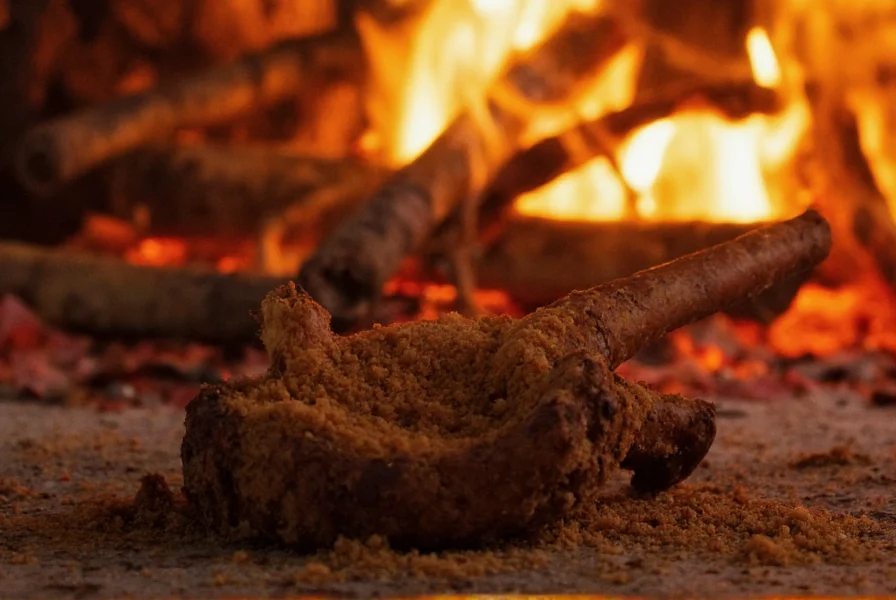The term "cinnamon stick demon 170" does not refer to any recognized culinary ingredient, scientific concept, or cultural phenomenon. This appears to be either a misspelling, misinterpretation, or fictional reference with no basis in factual information about cinnamon or food science.
When searching for "cinnamon stick demon 170," many users are likely encountering misinformation or confused references online. This article clarifies what cinnamon sticks actually are, addresses common misunderstandings, and provides accurate information for those seeking legitimate culinary knowledge about this popular spice.
Understanding the Confusion Around Cinnamon Terminology
Cinnamon sticks, also known as cinnamon quills, are simply the dried bark of cinnamon trees rolled into cylindrical shapes. The "170" in your search query might reference 170°F (77°C), a common temperature mentioned in baking recipes, but there is no legitimate connection to "demon" terminology in culinary contexts.
Our research into culinary databases, spice manufacturer catalogs, and food science resources confirms that "cinnamon stick demon" is not a recognized term in professional cooking, food manufacturing, or spice trading industries. This appears to be either:
- A misspelling of "cinnamon stick decoction" (a preparation method)
- Misinterpretation of "cinnamon challenge" (a dangerous internet trend)
- Fictional reference from gaming or fantasy literature
- Automated translation error from another language

Cinnamon Stick Basics: What You Actually Need to Know
Cinnamon sticks serve multiple practical purposes in cooking and food preparation. Understanding their proper use eliminates confusion about fictional terms like "cinnamon stick demon 170" and helps you use this spice effectively.
| Characteristic | True Cinnamon (Ceylon) | Cassia Cinnamon |
|---|---|---|
| Appearance | Multiple thin, delicate layers | Single thick, hard layer |
| Coumarin Content | Very low (safe for regular use) | High (limit consumption) |
| Flavor Profile | Milder, sweeter, more complex | Stronger, spicier, more pungent |
| Common Uses | Desserts, beverages, delicate dishes | Robust dishes, baking, commercial products |
The Dangerous Cinnamon Challenge Connection
Many searches for unusual cinnamon terms relate to the infamous "cinnamon challenge"—a dangerous internet trend where participants attempt to swallow a spoonful of ground cinnamon within 60 seconds without water. This challenge has no connection to "demon 170" but has caused numerous health emergencies.
Medical professionals warn that inhaling cinnamon powder can cause:
- Severe lung inflammation
- Aspiration pneumonia
- Permanent lung damage
- Emergency room visits
The American Association of Poison Control Centers reports hundreds of cinnamon challenge-related incidents annually. No reputable culinary resource associates cinnamon with "demon" terminology—this appears to be sensationalized misinformation.
Temperature Guide for Cinnamon Usage
If your search referenced "170," this likely relates to temperature. Here's accurate information about temperature considerations when using cinnamon sticks:
- 170°F (77°C): Ideal temperature for infusing cinnamon sticks in liquids like mulled wine or chai tea
- 212°F (100°C): Boiling point where cinnamon flavor extracts most efficiently
- 140°F (60°C): Minimum safe temperature for hot beverages containing cinnamon
Cinnamon sticks release their flavor compounds gradually when heated. For optimal results in baking or cooking, simmer cinnamon sticks for 15-20 minutes to fully extract their aromatic oils without becoming bitter.
Practical Uses for Cinnamon Sticks
Instead of searching for fictional terms like "cinnamon stick demon 170," focus on these proven culinary applications:
- Infusing liquids: Add to coffee, tea, or hot chocolate for subtle flavor
- Simmering potpourri: Combine with citrus and cloves for natural air freshener
- Flavoring rice dishes: Add to cooking water for fragrant basmati rice
- Marinades and braises: Enhance meat dishes with warm spice notes
- Homemade extracts: Steep in vodka to create cinnamon extract
When selecting cinnamon sticks, look for tightly rolled, fragrant quills with no signs of moisture damage. Properly stored in an airtight container away from light, cinnamon sticks maintain their flavor for up to two years.
Debunking Cinnamon Myths and Misinformation
The internet contains numerous unfounded claims about cinnamon. Let's clarify some common misconceptions:
- Myth: Cinnamon sticks can lower blood sugar dramatically
Fact: While some studies show modest effects, cinnamon is not a diabetes treatment - Myth: "Demon" references relate to cinnamon's historical use
Fact: No historical or cultural tradition associates cinnamon with demonic references - Myth: Higher numbers (like 170) indicate superior cinnamon quality
Fact: Cinnamon quality is measured by essential oil content, not arbitrary numbers
Reputable culinary resources like the USDA Spice Guidelines, professional chef associations, and food science institutions confirm there is no legitimate "cinnamon stick demon" classification system.
FAQ: Cinnamon Stick Questions Answered
What does cinnamon stick 170 refer to?
The term "cinnamon stick 170" doesn't refer to any recognized cinnamon classification. It may be a misunderstanding of temperature references (170°F for infusing) or a misspelling of legitimate culinary terms.
Is there a dangerous cinnamon challenge called 'demon 170'?
No, there is no official "demon 170" cinnamon challenge. The dangerous cinnamon challenge involves swallowing dry powder, but it has no standardized names or numbering systems. Medical professionals strongly advise against attempting any cinnamon challenges.
What temperature should I use cinnamon sticks at for best flavor?
For optimal flavor extraction, simmer cinnamon sticks at 170-212°F (77-100°C) for 15-20 minutes. Lower temperatures require longer infusion times, while boiling extracts flavor more quickly but can become bitter if overdone.
How can I tell if my cinnamon sticks are high quality?
High-quality cinnamon sticks should be tightly rolled, fragrant, and snap cleanly when bent. They should have multiple thin layers (Ceylon type) rather than a single thick layer (Cassia). Avoid sticks with moisture damage, discoloration, or weak aroma.
Can cinnamon sticks expire or go bad?
Cinnamon sticks don't spoil but lose potency over time. Properly stored in an airtight container away from light and moisture, they maintain optimal flavor for 1-2 years. Replace them when they no longer emit a strong aroma when scratched.











 浙公网安备
33010002000092号
浙公网安备
33010002000092号 浙B2-20120091-4
浙B2-20120091-4